Use this easy conversion formula to make cake recipes that call for a square or rectangular cake pan or sheet pan fit your square or rectangular cake pan of choice!
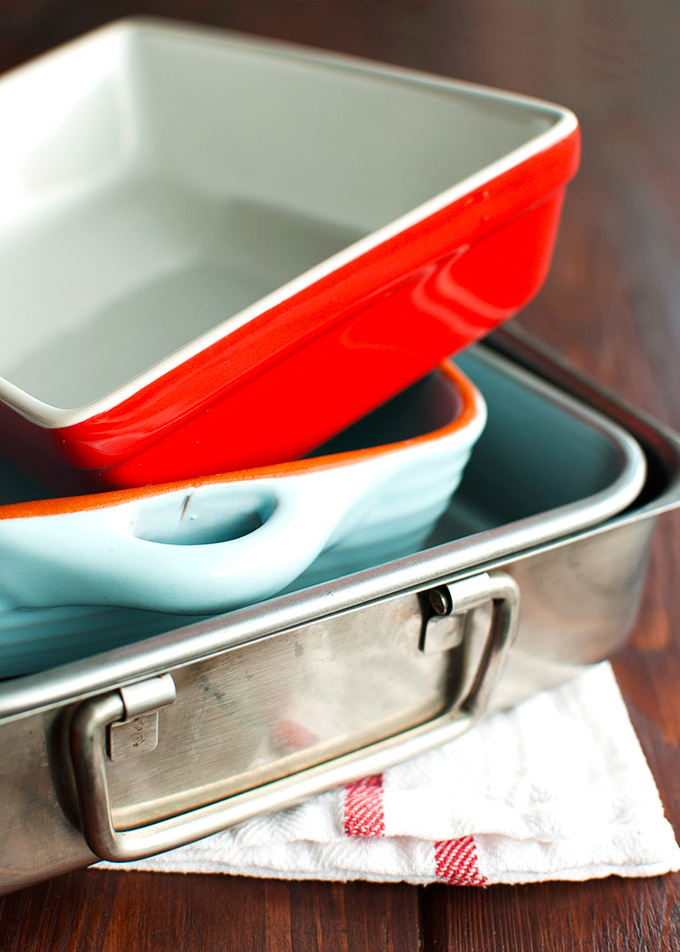 About a year ago I came up with a basic conversion formula for round cake pans to help you adapt baking recipes for different round cake pan sizes. And now I also came up with one for square or rectangular cake pans! Using this formula, you can easily calculate by which factor you need to multiply your ingredients to make your favorite recipe fit your pan of choice.
About a year ago I came up with a basic conversion formula for round cake pans to help you adapt baking recipes for different round cake pan sizes. And now I also came up with one for square or rectangular cake pans! Using this formula, you can easily calculate by which factor you need to multiply your ingredients to make your favorite recipe fit your pan of choice.
And the math involved is not hard! In fact, it’s super easy. Even I can do it 😉
Why you need this formula
Imagine being in your kitchen, ready to bake some brownies from a recipe you found on The Tough Cookie, because it’s your go-to blog for delicious recipes (right?). The first thing you do is turn on your oven and read through the recipe, like the sensible home baker that you are. Say, the recipe you want to make calls for an 8-inch x 8-inch square baking pan, and all you have is a 9-inch x 9-inch baking pan. Or, even worse, all you have is a 7-inch by 9-inch rectangular baking pan. What to do? Should you just make the recipe in the wrong-sized baking pan? Will it work?
And what if you want to double or triple a recipe you’ve tried before, but are unsure what pan to use? Again, should you wing it? Or should you do the math so that your brownies are exactly as thick, fudgy and delicious as if you’d baked them in the pan you’d normally use?
Of course, you want to make sure that you end up with something delicious, so you should definitely use my Cake Pan Conversion Formula for Square and Rectangular Pans!
The square or rectangular cake pan conversion formula in centimeters and inches
With this formula, you can adjust the original square/rectangular cake recipe to fit your square/rectangular cake pan of choice.
Step 1: determine the area (the surface of the cake pan bottom) of the pan the recipe calls for:
side a x side b = area
For example, for a 20-cm x 20-cm square cake pan:
20 x 20 = 400 → area is 400 square centimeters
Or, in inches, for an 8-inch x 8-inch cake pan:
8 x 8 = 64 → area is 64 square inches
Like I said: this formula also works with rectangular pans.
Step 2: determine the area (again, the surface of the cake pan bottom) of the pan you want to use, using the same formula:
Again: side a x side b = area
Say, you only have an 18-cm x 25-cm rectangular cake pan:
18 x 25 = 450 → area is 450 square centimeters
Or, in inches, if all you have is a 8-inch x 9-inch rectangular cake pan:
8 x 9 = 72 → area is 72 square inches
Step 3: use the square/rectangular cake pan conversion formula to determine the factor with which you need to multiply the ingredients in the recipe
Square/rectangular cake pan conversion formula:
Area of the pan you want to use / area of the pan the recipe calls for = factor
So, in centimeters:
450 / 400 = 1.125
If the recipe calls for a 20-cm x 20-cm square cake pan and you want to use a 18-cm x 25-cm rectangular cake pan, the factor with which you need to multiply the ingredients the recipe calls for is 1.125.
Or, in inches:
72 / 64 = 1.125
If the recipe calls for a 8-inch x 8-inch square cake pan and you want to use a 8-inch x 9-inch rectangular cake pan, the factor with which you need to multiply the ingredients the recipe calls for is 1.125.
Please note: it’s a coincidence that the factor is the same for both centimeters and inches. This is not always the case.
Step 4: once you’ve calculated the factor by which you should multiply the ingredients, calculate the amount of ingredients you’ll need:
For example, the recipe for Nutella Brownies that inspired this post called for, among other things:
- 170g (or ¾ cup) unsalted butter
- 245g ( 1¼ cup) sugar
- 150g ( ½ cup) Nutella
- 3 large eggs
- 1 egg yolk
- 1 teaspoon vanilla extract
Multiply the ingredients by the factor you calculated. Keep in mind that in baking, 1 large egg weighs 50g, and an egg yolk 17 grams.
In grams:
170 (grams of butter) x 1.125 = 191.25 → 190g of butter
245 (grams of sugar) x 1.125 à 275.625 → 275g of sugar
150 (grams of Nutella) x 168.75 → 170g Nutella
(3 x 50) (grams of egg) x 1.125 = 168.75 → 170g egg
(1 x 17) (grams of egg yolk) x 1.125 = 19.125 → 19g egg yolk
1 (teaspoon vanilla extract) x 1.125 = 1.125 teaspoon → 1¼ teaspoon vanilla extract
When it comes to converting recipes like this, working in grams is easiest, because you don’t have to make additional calculations. If you want to work with cups, you first need to convert the cups to milliliters, bearing in mind that 1 cup equals 240mls, 1 tablespoon 15mls and 1 teaspoon 5mls. When it comes to the eggs, 1 egg is about 45ml. One egg yolk is about 15ml.
¾ cup unsalted butter = 180ml unsalted butter
1¼ cup sugar = 300ml sugar
½ cup Nutella = 120ml Nutella
3 large eggs = 135ml egg
1 egg yolk = 15ml egg yolk
1 teaspoon vanilla extract = 5ml
Next, multiply these numbers by the factor you calculated:
180 (mls of butter) x 1.125 = 202.5 → 200mls = ¾ cup + 5 teaspoons butter
300 (mls of sugar) x 1.125 = 337.5 → 340mls = 1¼ cup + 8 teaspoons sugar
120 (mls of Nutella) x 1.125 = 135 → 135 mls = ½ cup + 1 tablespoon Nutella
135 (mls of egg) x 1.125 = 151.875 → 150mls = ½ cup + 2 teaspoons egg
15 (mls of egg yolk) x 1.125 = 16.875 → 16.25 mls = 1 tablespoon + ¼ teaspoon yolk
5 (mls of vanilla extract) x 1.125 = 5.625 → 5.625 mls = 1¼ teaspoon vanilla
Rounding the ingredients
As you can see, I’ve rounded the numbers of quite a few of the ingredients. Rather than using 191.25g of butter, I decided to use 190g of butter. And instead of using 168.75g of Nutella, I went ahead and used 170g.
Don’t worry too much if the amount of ingredients you need is a bit odd, like 388g or something. You can be as exact as you want! So, by all means use 388g, but don’t hesitate to use 390g, especially in larger recipes. Smaller recipes are a bit more temperamental, so try not to mess with the amounts of ingredients for smaller recipes too much, because a seemingly small change (for example, using 20g of flour instead of 18g) may in fact be quite a significant change when you’re working with small amounts of ingredients.
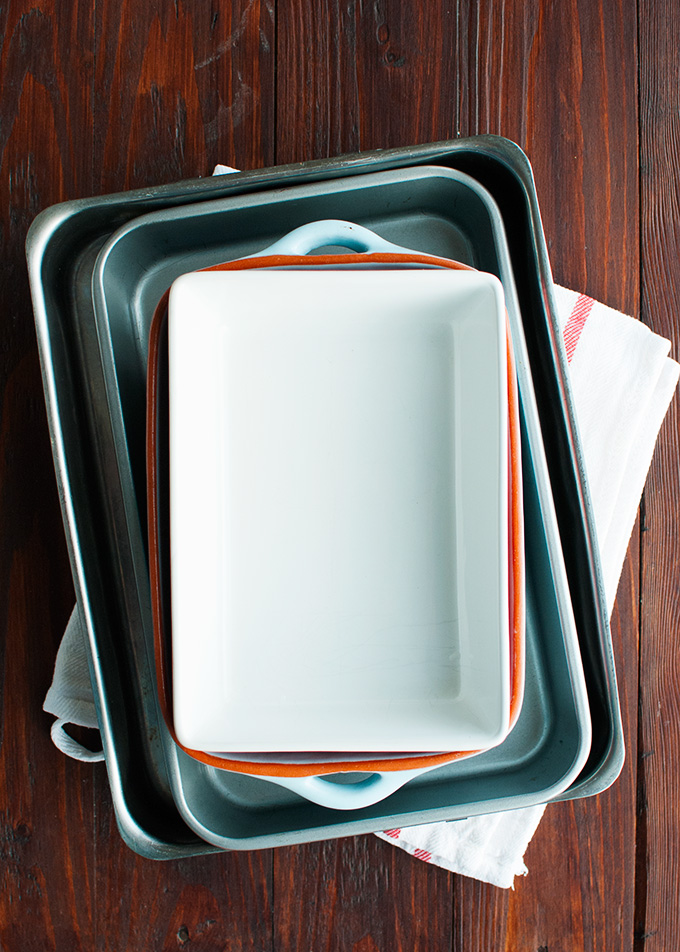
Rounding the factor
If you want to, you can use the factor as a rough indication and round it up or down depending on your cake/brownie goals.
Say, you end up with a factor of 2.3. You can use that exact factor to calculate how much you’ll need of each ingredient and end up with the exact same cake/brownie, only a bit bigger. However, you can also use twice the amount of ingredients (rounding the factor down to 2) for a slightly thinner brownie or cake, or maybe multiply the ingredients called for with 2.5 (rounding the factor up to 2.5) if you want a thicker brownie or a higher cake. It’s all up to you!
Just keep in mind not to fill cake pans more than two-thirds full with batter, otherwise they may overflow during baking.
Egg fractions and rounding the number of eggs
I hate using only a fraction of an egg. Half an egg or a quarter or an egg? Okay, I’m willing to crack an extra egg for that. If you’re not, you can try decreasing or increasing recipes so that you don’t have to work with fractions of eggs. For example, halving a recipe that calls for 4 or 2 eggs, or increasing a recipe that calls for 3 eggs by 1.3333 (one third).
In my recipe for Nutella brownies, I only used 3 whole eggs and 1 egg, even though the formula told me to use 3.375 eggs and 1.125 yolk. I couldn’t be bothered breaking an extra egg for that 0.375 egg and yet another egg for that extra 0.125 yolk. And my brownies came out awesome 😀
Alternatively, if you want to stick to a recipe and to the factor you’ve calculated, just crack an extra egg, give it a good whisk, weigh it or measure it using measuring spoons, then divide it according to the factor. Just as easy.
Straight sided cake pans vs. slant sided cake pans
This conversion formula works best on straight sided cake pans. If you want to work with slant sided pans, keep in mind to use the bottom edges of the pan to calculate the factor by which you’re going to multiply the ingredients, and that the brownie or cake you’re baking won’t be exactly as thick or high as the original, because of the slanted sides.
Baking temperatures and time
Once you’ve whipped up your batter, using the amounts of ingredients you determined with the conversion formula, and you’ve poured the batter into the prepared pan of choice, it’s time to bake. Bake at the temperature called for in the original recipe, but keep in mind that baking time may vary. If you scaled the recipe down to fit a smaller cake pan, your cake/brownie won’t need as much time in the oven, and if you’ve scaled the recipe up to fit a larger pan, you probably need to bake your brownie/cake a little longer. In both cases, you can’t rely on the oven time specified in the recipe. Instead, look for signs of doneness.
Cakes are done when:
- a tester (a thin skewer or a toothpick) inserted in the center of the cake comes out clean
- the top of the cake springs back when you lightly press your finger on it
- the edges pull away from the sides
Brownies are done when:
- a tester (a thin skewer or a toothpick) inserted in the center of the brownie comes out with just a few moist crumbs attached to it
So, just to recap
Step 1: determine the area (the surface of the cake pan bottom) of the pan the recipe calls for:
side a x side b = area
Step 2: determine the area (again, the surface of the cake pan bottom) of the pan you want to use, using the same formula:
Again: side a x side b = area
Step 3: use the square/rectangular cake pan conversion formula to determine the factor with which you need to multiply the ingredients in the recipe:
Area of the pan you want to use / area of the pan the recipe calls for = factor
Step 4: use this factor to calculate the amount of ingredient’s you’ll need:
factor x ingredients = right amount of ingredients for your pan
That’s it! Isn’t that easy???
Oh, and obviously this square/rectangular cake pan conversion formula works if you’re adapting a recipe from square pan to square pan, or when you’re working with rectangular pans only, or if your recipe calls for a rectangular pan and all you have is a square, or if you only have a rectangular pan and your recipe calls for a square. It all works!
Have fun with it!
Don’t forget to pin this post for later (scroll down for a nice pin-image) and if you want more awesome baking tricks like this delivered straight to your inbox, click here to sign up to my mailing list 😉

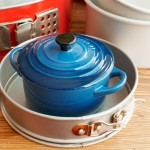
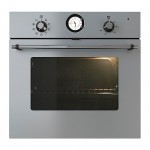
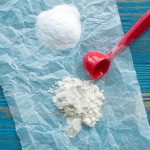

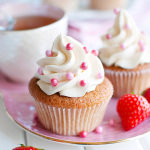

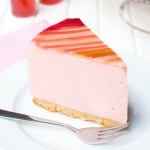
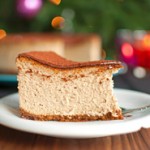
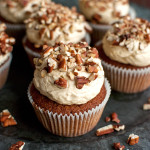
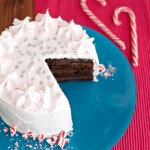
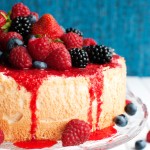


And this is definitely the easiest way to do scale up or down! A small tip: I convert all of my recipes to grams/milliliters and put them in an Excel sheet. Then I can easily scale up or down by just adding an extra column with the correct formula (__x1.25 or __/2). 🙂
Alison, I clicked on your name just see if you had a blog also & only a photograph popped up entitled “Sweetina Bakes”, is this a blog in the progress of creation or is there another link to your blog. I really want to thank you for the excel sheet tip.
Both you and Nila have a blessed day!
Margo
Thanks Margo! 😉
Hi Margo!
Thanks! My page isn’t a blog, per se, but rather a collection of photos of the cakes I’ve made through the years. If you click on “Photos”, you can see all the albums. 🙂
Alison